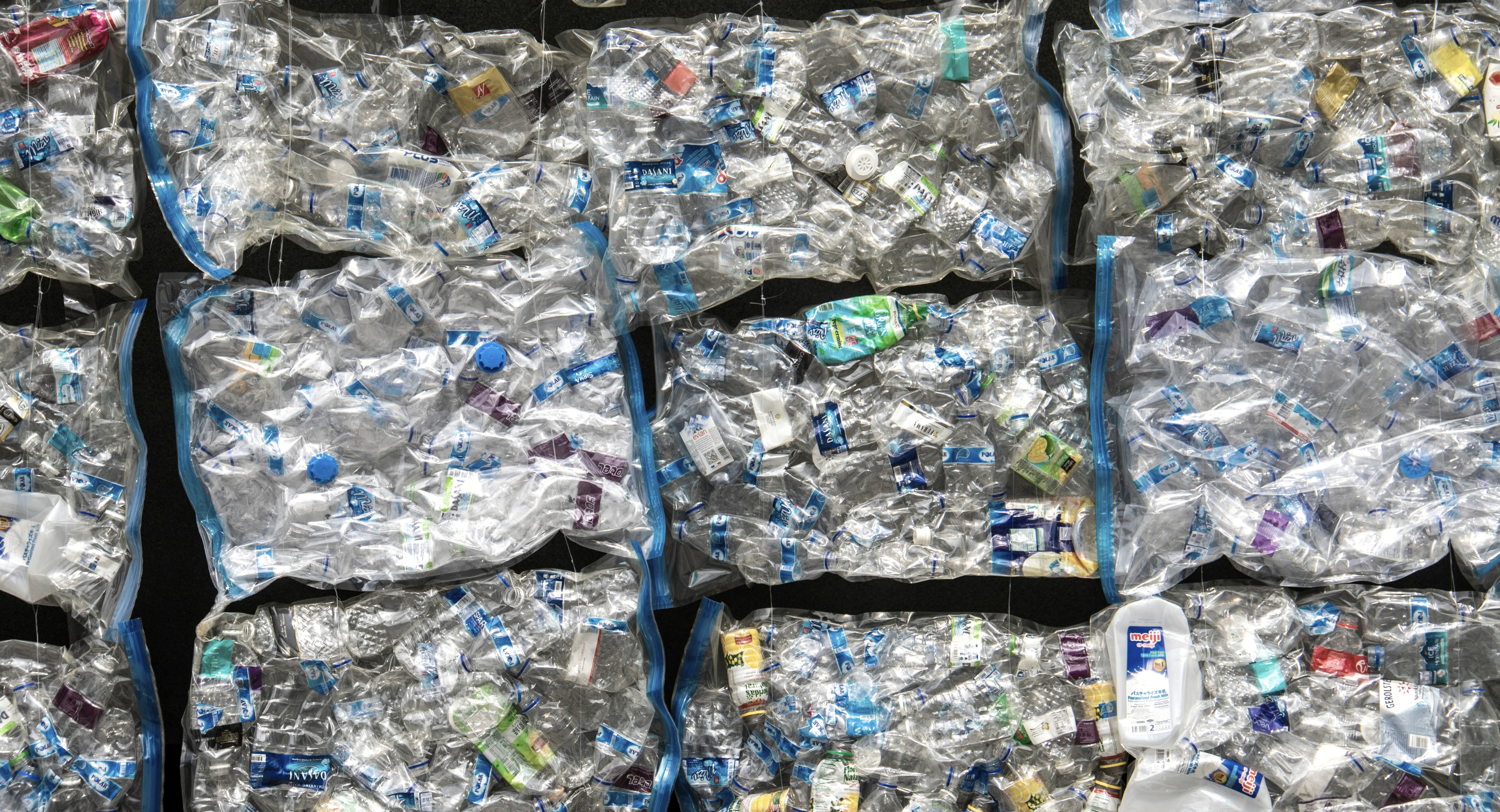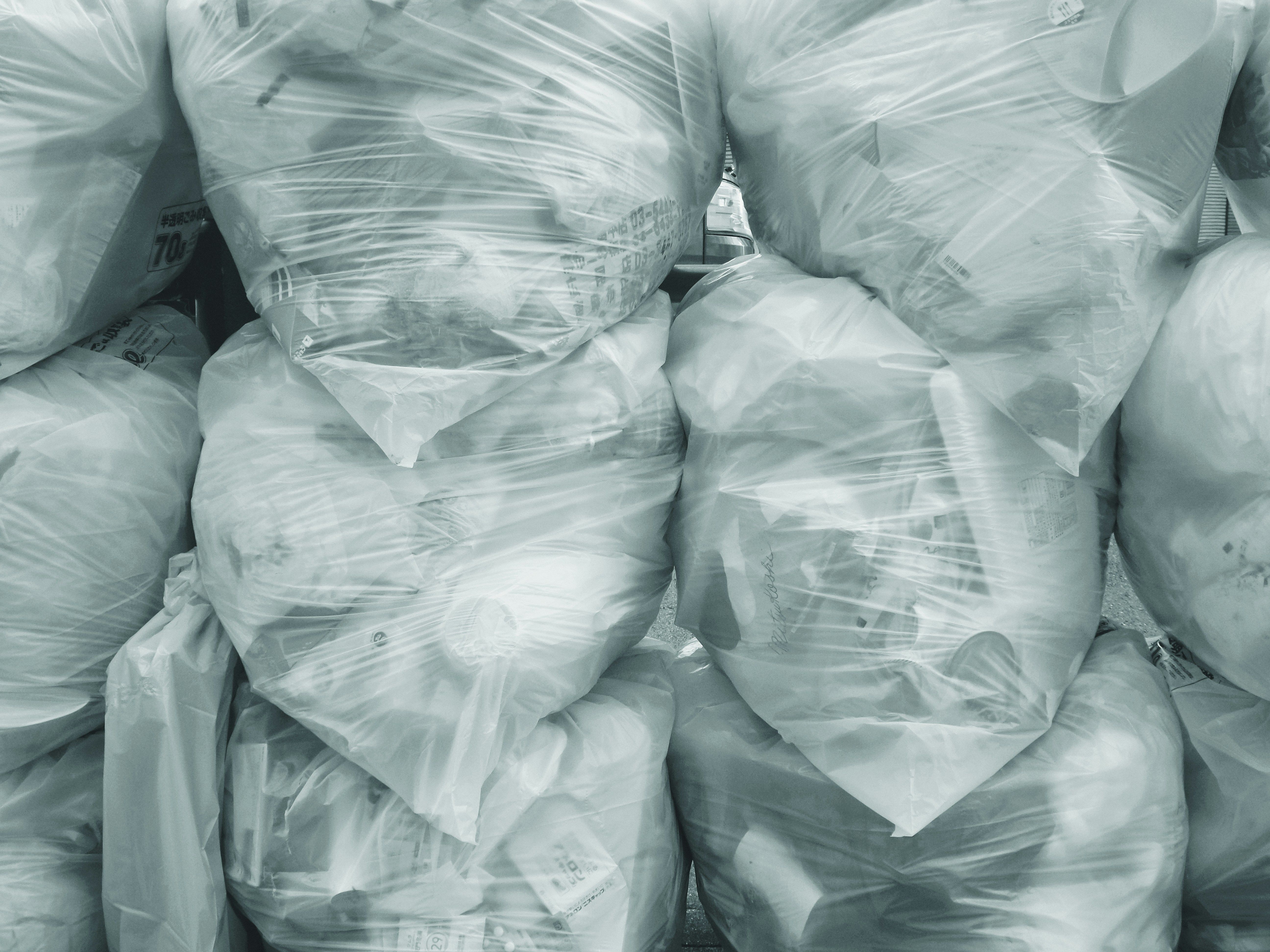
Recognising the urgency of the issue, SPACE Architect Catherine Sinclair undertook a research project to explore the untapped potential of post-consumer Polyethylene Terephthalate (PET) mesh in concrete bricks. By integrating post-consumer PET into concrete, Sinclair aimed to address two pressing challenges simultaneously: plastic pollution and the environmental impact of construction materials. In this article, we cover her resulting research, with a focus on mitigating plastic waste and enhancing the structural integrity of construction materials in a more environmentally friendly way.


Through meticulous experimentation and testing, Catherine discovered that by adding one piece of PET mesh in a certain placement, the tensile strength of the brick increased. The brick with the highest tensile splitting strength had a strength of 2.526 Newtons/mm², which is a significant increase compared to concrete alone. Catherine's approach, therefore, not only utilises waste plastic but also improves the environmental impact per functional unit of a concrete brick. By improving the tensile strength of concrete with this specific type of plastic mesh, the mass of the brick barely changes, and therefore, the carbon produced in the transportation of the bricks remains the same.
Reflecting on her work, Sinclair remarked, "When I began my research, I was convinced that waste plastic could be used more efficiently within the construction industry to help tackle the plastic waste problem. Now, having completed my study, I am even more convinced of this fact. By reducing the use of other materials that have a detrimental effect on the environment and by further refining and testing post-consumer PET mesh, we can make it a fundamental material in construction."

